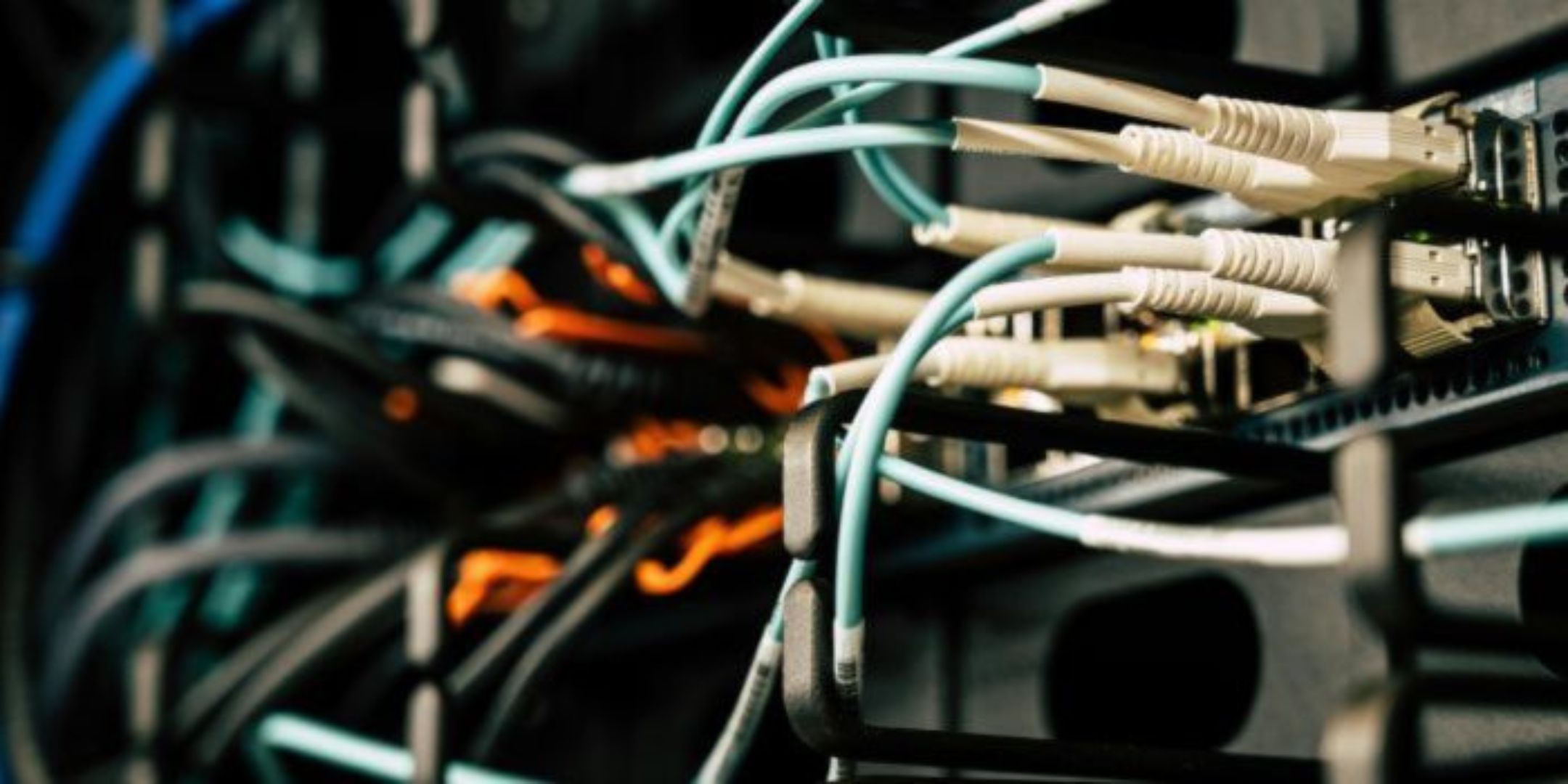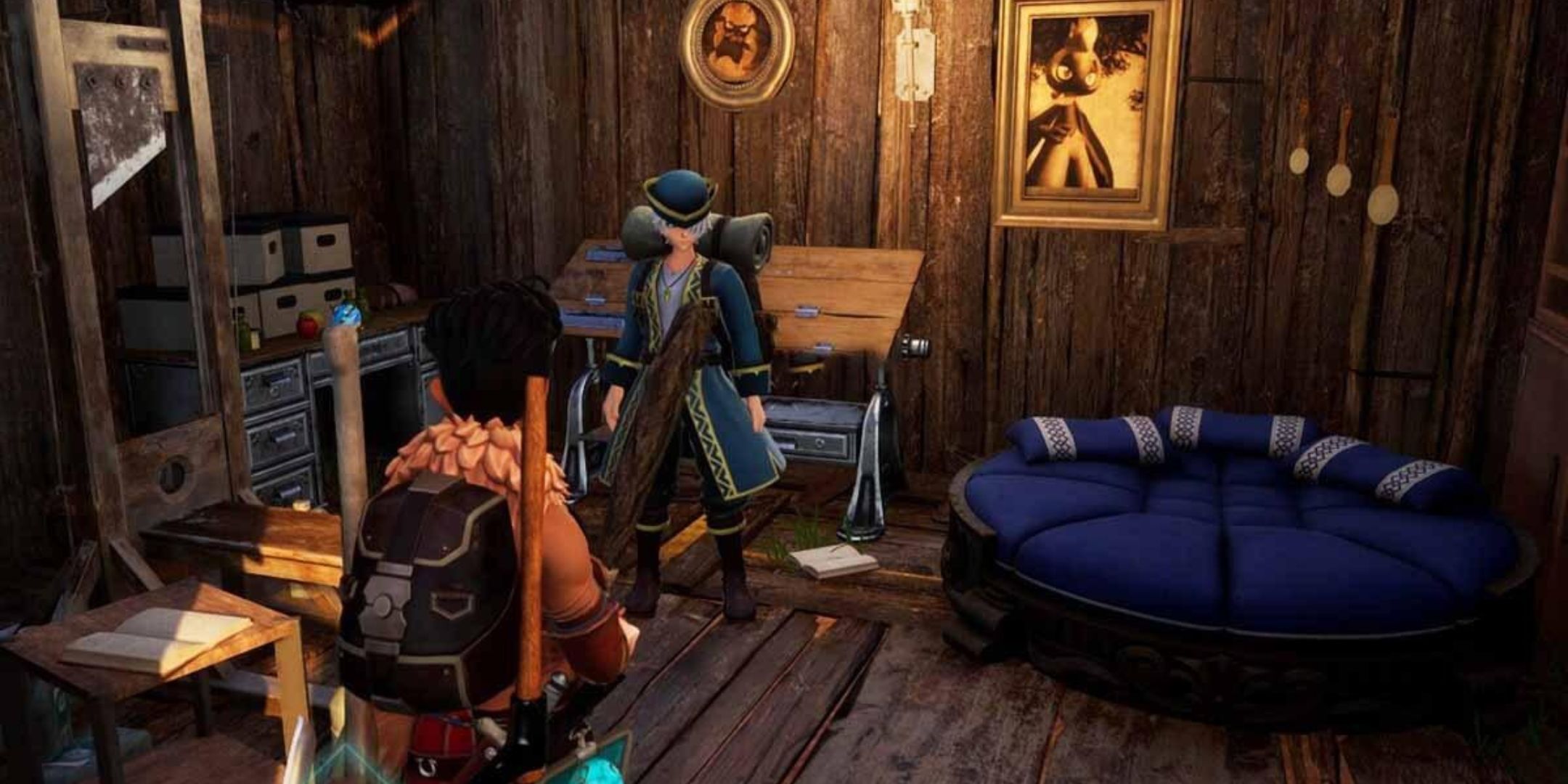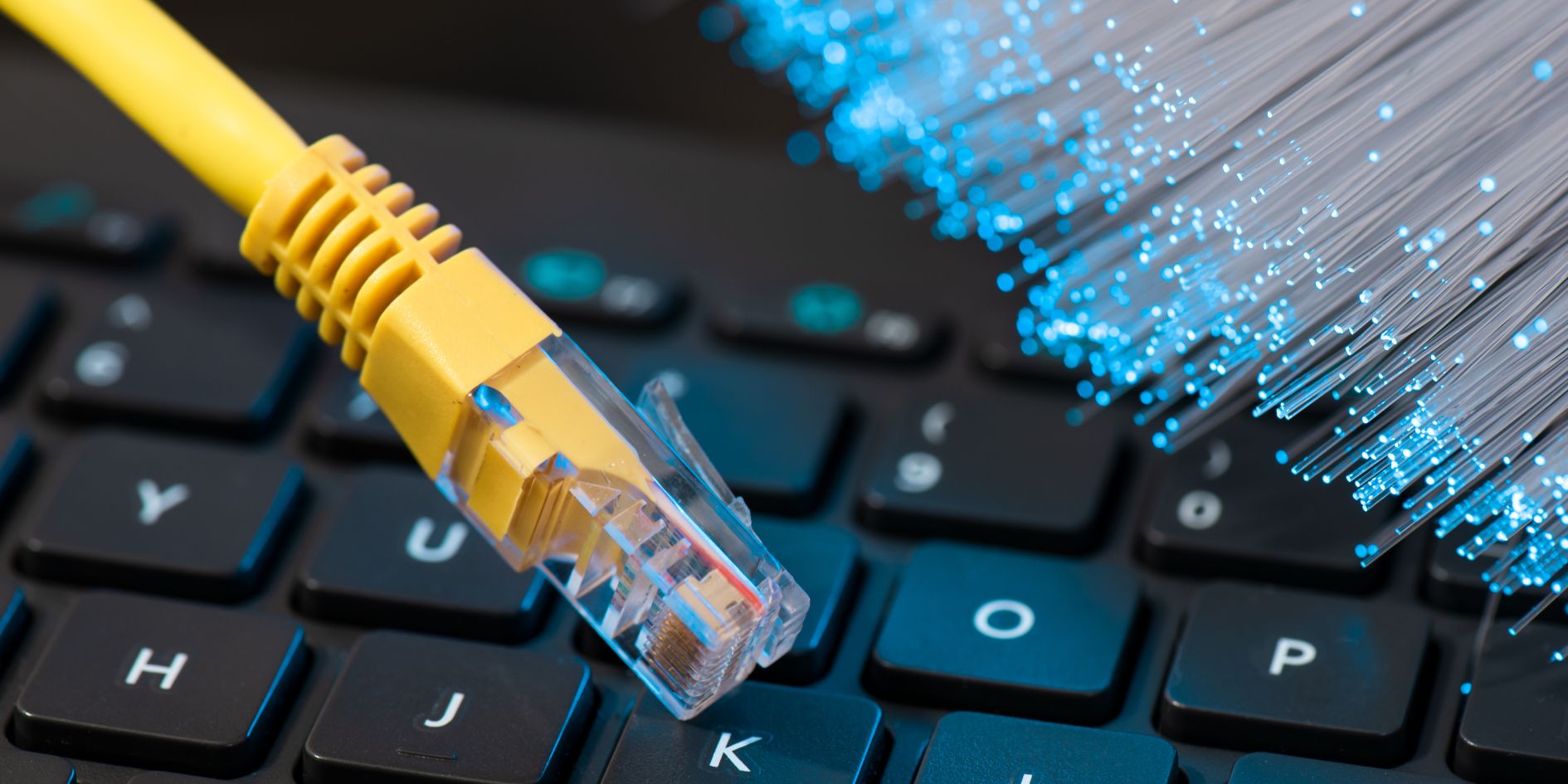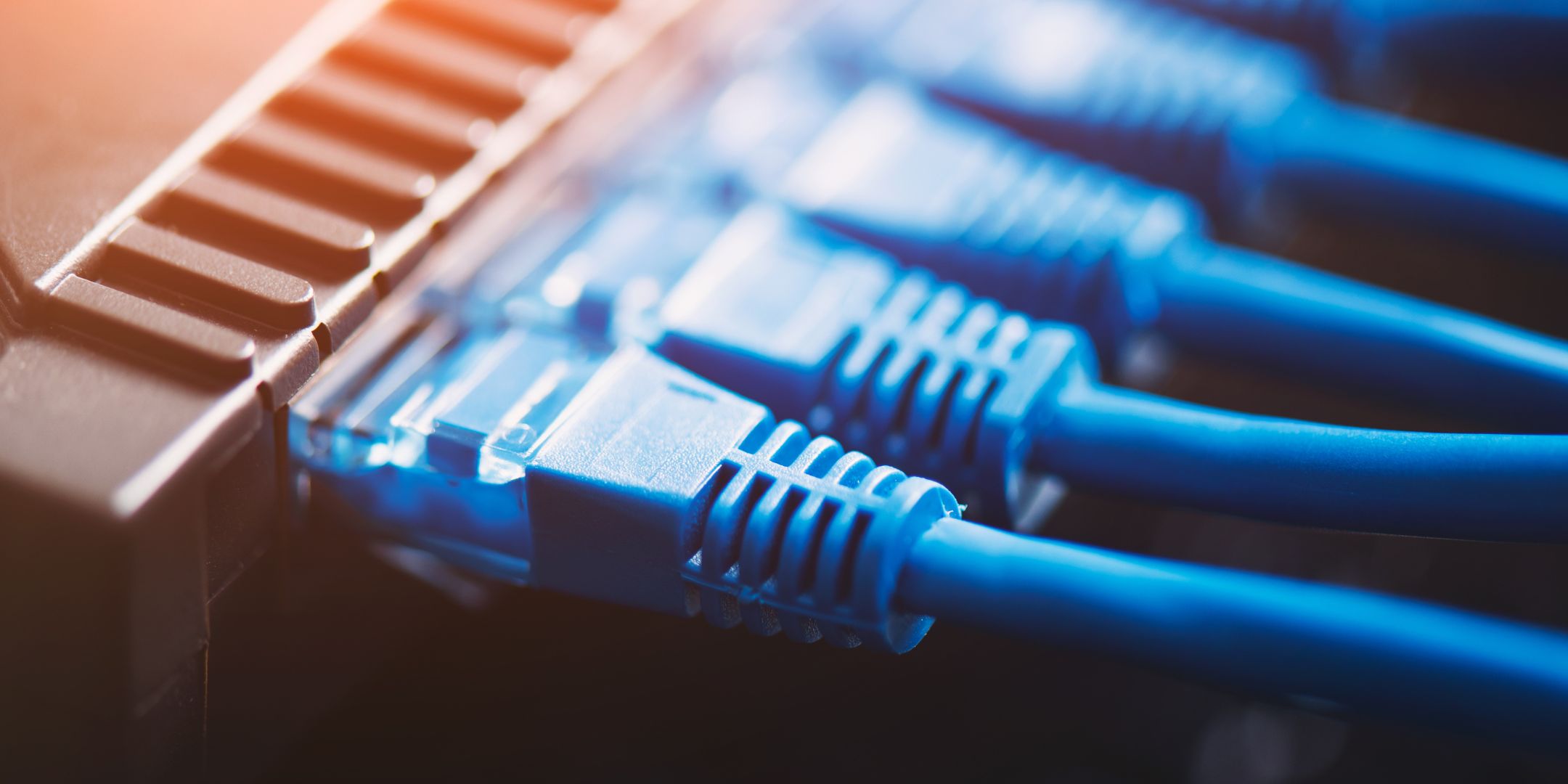Cable connector is a coupling device that joins electrical terminations to create an electrical circuit. These connectors enable contact between wires, cables, printed circuit boards, and electronic components. They play a crucial role in various applications by providing secure and reliable connections. In this comprehensive guide, we’ll delve into the intricacies of cable connectors, exploring their types, functionality, selection criteria, joint issues, maintenance tips, and more.
What are cable connectors?
Cable connectors are devices that join two or more electrical or optical cables together, enabling the transfer of signals between different electronic devices. They come in various shapes, sizes, and types to accommodate different connection needs.
Learn More Here: Transforming Your Network with Ethernet Cable Extender: Bridge the Gap
Importance of cable connectors
Cable connectors play a vital role in every electrical system. They allow the transmission of power and data between different devices and circuits. We could not use our computers, phones, TVs, or other electronic gadgets without them.
However, not all cable connectors are created equal. Some are more reliable, durable, and compatible than others. Choosing a suitable cable connector for your application can make a big difference in the performance and safety of your system. With reliable connectors, it is possible to establish connections between devices, leading to communication breakdowns.
Features and Benefits of Cable Connectors
Here are the features and benefits of cable connectors:
Features
- There is a diverse array of connector types accessible to accommodate various connection necessities.
- Durable construction materials ensure longevity and reliability.
- Compatibility with a range of devices and equipment.
- Precision engineering for secure and stable connections.
- Advanced shielding and insulation for protection against interference.
- Easy-to-use designs for simple installation and removal.
- Versatility to support various signal types, including audio, video, and data.
Benefits
- Facilitates seamless communication between electronic devices.
- Ensures high-quality signal transmission without distortion or loss.
- Enables efficient data transfer for improved device performance.
- Enhances user experience by allowing hassle-free connectivity.
- Minimizes signal interference for clear audio and video output.
- Provides peace of mind with dependable and consistent performance.
- Simplifies setup and configuration of electronic systems.
- Enhances overall functionality and versatility of devices and equipment.
Types of Cable Connectors
Cable connectors allow different cables to connect to other wires or devices. Cable connectors are essential for setting up various networks, such as audio-visual, computer, or telecommunication networks. In this article, we will introduce some of the most common types of cable connectors and their specifications.
Don’t Miss This: How to Remove an Ethernet Cable Stuck in Laptops: A Step-by-Step Guide
Audio-visual cable connectors
Audio-visual cable connectors transmit audio and video signals between devices, such as TVs, monitors, speakers, or cameras.
Some of the most famous audio-visual cable connectors are:
- HDMI: High Definition Multimedia Interface. This versatile connector can support high-definition video and audio, as well as Ethernet and power delivery. HDMI connectors come in different sizes, such as Type A (full-sized), Type C (mini), and Type D (micro), to suit other devices.
- DisplayPort: This digital connector can also support high-definition video and audio, multiple monitors, and adaptive sync. DisplayPort connectors are smaller in size compared to HDMI and feature a locking mechanism to prevent unintended disconnection.
- VGA: Video Graphics Array. This is an analogue connector that can only transmit video signals. VGA connectors are one of the oldest display connectors with a 15-pin design. Digital connectors like HDMI and DisplayPort are gradually replacing VGA connectors.
- DVI: Digital Visual Interface. This is another digital connector that can transmit video signals. DVI connectors can support different modes, such as DVI-A (analogue), DVI-D (digital), and DVI-I (integrated). DVI connectors are more significant than HDMI and DisplayPort and have a 24-pin design.
Computer cable connectors
Computer cable connectors connect devices and peripherals, such as keyboards, mice, printers, scanners, or external drives, to computers.
Some of the most common computer cable connectors are:
- USB: Universal Serial Bus. This widely used connector can support data transfer, power delivery, and device identification. USB connectors are available in various versions including USB 1.0, USB 2.0, USB 3.0, USB 3.1, USB 3.2, and USB 4.0, each offering different speeds and features. USB connectors also come in different shapes, such as Type A (rectangular), Type B (square), Type C (reversible), Mini USB, and Micro USB.
- FireWire: This Apple-designed connector can also support data transfer and power delivery. FireWire connectors are mainly used for connecting digital cameras and camcorders to computers. FireWire connectors have different versions, such as FireWire 400 and FireWire 800, with different speeds and pin configurations.
- Thunderbolt is another Apple-designed connector that supports high-speed data transfer, power delivery, and video output. Thunderbolt connectors are compatible with DisplayPort and USB-C devices and can support daisy-chaining multiple devices. Thunderbolt connectors have different versions, such as Thunderbolt 1, Thunderbolt 2, Thunderbolt 3, and Thunderbolt 4, which have different speeds and features.
- PS/2: This connector, designed by IBM, is primarily utilized for linking keyboards and mice to computers.. PS/2 connectors have a 6-pin design and are colour-coded: purple for keyboards and green for mice. USB connectors are gradually replacing PS/2 connectors.
Network cable connectors
Network cable connectors connect different cables to network devices, such as routers, switches, hubs, or modems. Network cable connectors are also used to terminate or extend network cables.
Find Out More: Why Ethernet Crossover Cables Matter in Network Setup In 2024
Some of the most common network cable connectors are:
- Ethernet Cable Connector: This standard connector for twisted-pair cables supports data transmission over local area networks (LANs). Ethernet connectors have different categories, such as Cat 5e, Cat 6, Cat 6a, Cat 7, Cat 8, etc., which have different speeds and frequencies. Ethernet connectors also have different types,
- such as RJ45 (8-pin) and RJ11 (6-pin).
- Fiber-optic Cable Connector: This connector for fibre-optic cables that can support data transmission over long distances using light signals. Fibre-optic connectors have different types,
- Such as SC (square), LC (rectangular), ST (round), FC (threaded), MT-RJ (dual-fibre), etc.
- Coaxial Cable connector: This connector for coaxial cables can support data transmission over radio frequency signals. Coaxial connectors have different types,
- Such as F (screw-on), BNC (bayonet), TNC (threaded), SMA (sub-miniature), etc.
How Does Cable Connectors Work?
Cable connectors are designed to ensure a secure and reliable connection and to prevent electrical shocks, short circuits, or interference. Different cable connectors exist for other purposes, such as audio, video, data, power, or network cables.
Here are the basic steps to connect a cable connector:
- Identify the type and size of the cable connector you need. For example, if you want to connect an HDMI cable to a TV, you need an HDMI connector that matches the TV and cable port.
- Strip off the insulation from the ends of the cable if needed. Some cables have pre-attached connectors, while others require exposing the wires and attaching them to the connector terminals.
- Align the pins or wires of the connector with the corresponding holes or terminals on the cable. Make sure the polarity is correct, if applicable. For example, some power cables have positive and negative wires that must be connected to the correct terminals.
- Push or screw the connector onto the cable until it is firmly attached. You may need to use a tool, such as a crimping or soldering iron, to secure the connection.
Repeat steps 1 to 4 for the other end of the cable or for any additional cables you want to connect.
- Plug the connector into the appropriate port or outlet on the device or wall. Make sure the connection is tight and stable.
- Verify the connection by powering on the device or inspecting for a signal. If there is any problem, such as no sound, picture, or sparks, unplug the connector and check for errors or damages.
Factors to Consider When Choosing Cable Connectors?
Compatibility
When selecting cable connectors, ensuring compatibility between the connector types and the devices you intend to connect is crucial. Using incompatible connectors can lead to connection issues and signal degradation.
Durability
Cable connectors should be built to withstand frequent use and environmental factors like temperature fluctuations, moisture, and physical stress. Durable connectors ensure reliable performance and longevity.
Signal quality
High-quality connectors minimize signal loss and interference, preserving the integrity of the transmitted signals. Look for connectors with proper shielding and impedance-matching capabilities for optimal signal transmission.
Cost-effectiveness
While quality is important, it’s also essential to consider the cost-effectiveness of cable connectors, especially when dealing with large-scale installations or projects. Balance the upfront cost with long-term reliability and performance.
Tips for Proper Maintenance of Cable Connectors
Here are some tips for proper maintenance of cable connectors:
- Regularly inspect connectors for signs of wear, damage, or corrosion.
- Clean connectors and cables periodically using appropriate cleaning tools and solutions.
- Clean away any dust, dirt, or debris that may disrupt proper contact and signal transmission.
- Store cables and connectors in a clean, dry environment away from excessive heat, moisture, or direct sunlight.
- Use protective covers or cases to prevent physical damage during storage or transport.
- Avoid bending or twisting cables excessively, damaging the connectors and affecting signal transmission.
- Replace any worn-out or damaged connectors promptly to ensure reliable connections.
- Follow manufacturer recommendations for handling, installing, and maintaining specific connector types.
Common Issues with Cable Connectors
There are common issues with people facing signal loss, loose connection, corrosion, and compatibility issues:
Signal loss
Signal loss can occur due to cable length, impedance mismatches, and poor connector quality. It can result in degraded audio or video quality, slower data transfer rates, or complete signal dropout.
Loose connections
Loose connections between cables and connectors can lead to intermittent connectivity issues or signal disruptions. Ensure connectors are securely fastened and cables properly inserted to prevent such problems.
Corrosion
Connector contacts or terminals may corrode over time, particularly in environments that are humid or corrosive. Regular inspection and cleaning can help prevent corrosion-related issues and maintain optimal connection quality.
Compatibility issues
Mismatched connectors or improper connection configurations can result in compatibility issues, preventing devices from communicating effectively. Double-check compatibility and follow recommended connection guidelines to avoid such problems.
Conclusion
In summary, cable connectors ensure reliable connectivity and optimal performance in various electronic devices and systems. By becoming acquainted with the different types of connectors, their functions, selection criteria, joint issues, and maintenance tips detailed in this comprehensive guide, you can make well-informed decisions when selecting and utilizing cable connectors to meet your specific requirements.
What are the most common types of cable connectors?
The most common types include coaxial, USB, HDMI, Ethernet, and audio connectors.
How do I choose a suitable cable connector for my device?
Consider compatibility, durability, signal quality, and cost-effectiveness when selecting cable connectors.
What are some common issues with cable connectors?
Common issues include signal loss, loose connections, corrosion, and compatibility issues.





